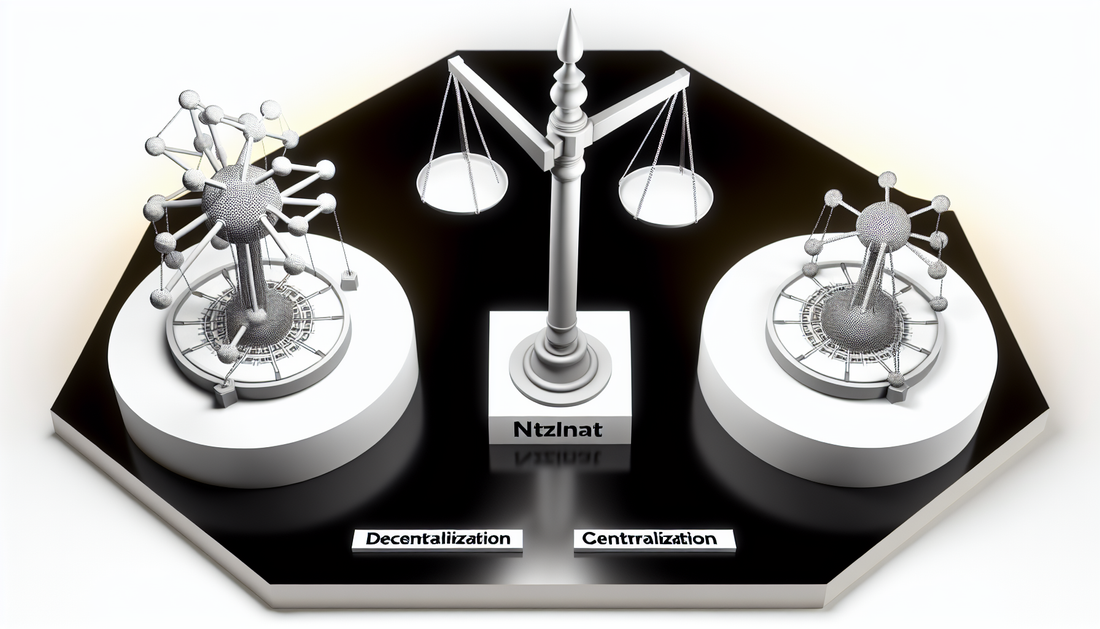
Decentralization vs. Centralization: The QNT Governance Debate
Share
Governance of QNT: Understanding the Role of Decentralization
Quant Network, associated with the QNT token, addresses crucial interoperability issues within the blockchain ecosystem. A key component to understanding the broader impact of QNT is its governance structure. Typically associated with decentralized networks, governance refers to how decisions related to the protocol are made and implemented.
The governance of QNT poses an interesting case study within the blockchain industry. Unlike several other crypto-assets that focus on community-driven decentralized governance models, Quant Network maintains a more centralized approach. This has sparked conversations regarding the potential benefits and drawbacks of its governance structure in a rapidly evolving blockchain landscape.
Centralized Governance: The Structure Behind QNT
Quant Network’s governance is primarily led by its core team, notably its founder and leadership personnel who are responsible for both technical decisions and strategic direction. This centralized governance model is often seen as both an advantage and a limitation. On one hand, centralized governance allows for more streamlined decision-making. In the case of Quant, this could mean faster development and implementation of critical features, especially related to enterprise and institutional-grade technologies.
Furthermore, Quant hasn’t leaned heavily into staking or vote-based governance, which are commonplace in other decentralized protocols. The avoidance of token-based governance helps separate incentives—meaning that instead of aligning decisions strictly with holders’ immediate financial interests, decisions could potentially focus more on long-term goals. Although some may argue that this prevents community participation, others point to the potential threat of large, token-rich players unduly influencing purely token-based governance systems.
Potential Risks and Considerations
However, centralized governance models like QNT’s don’t come without risks. Trust in the centralized team becomes paramount, and any issues related to management, transparency, or ethical decision-making could lead to concerns about accountability and control. In decentralized environments, protocols that allow community voting or participation often foster trustless systems where broad voter engagement can diffuse power. In contrast, QNT’s current model gives more significant influence to a small group, which might deter blockchain purists who prioritize decentralized systems.
Additionally, the centralized nature of QNT governance may impact its adoption within fully decentralized ecosystems, as some projects may question the over-reliance on central authority. Despite these concerns, QNT’s governance uniquely positions it to scale efficiently within regulated industries, where central control is often more accepted and even necessary.
